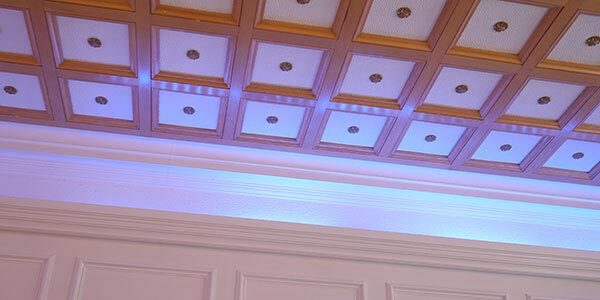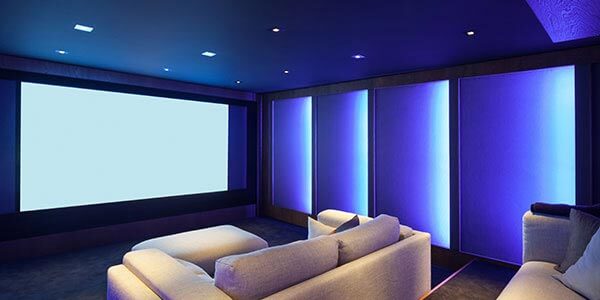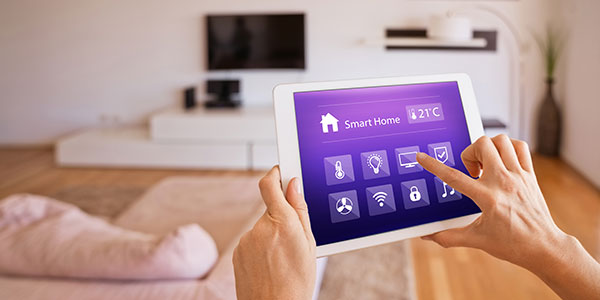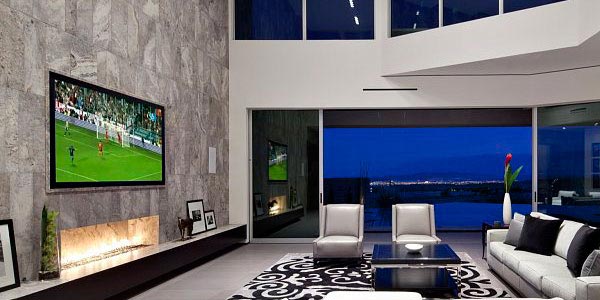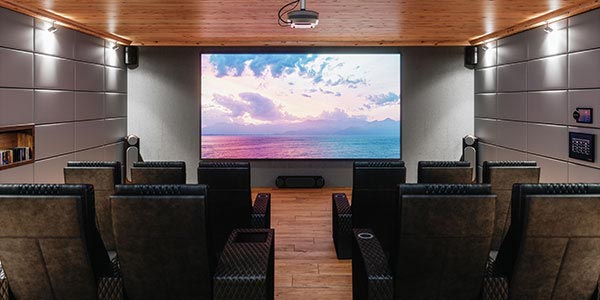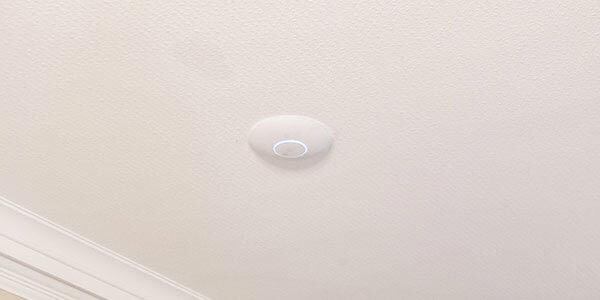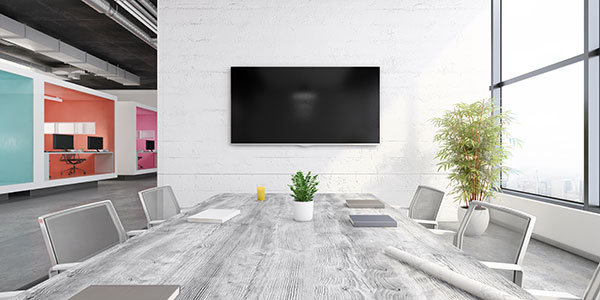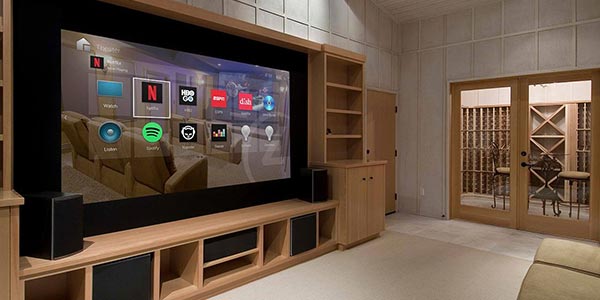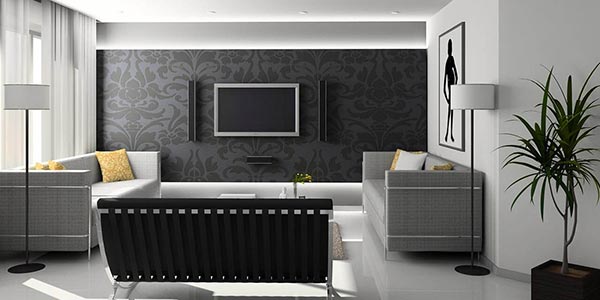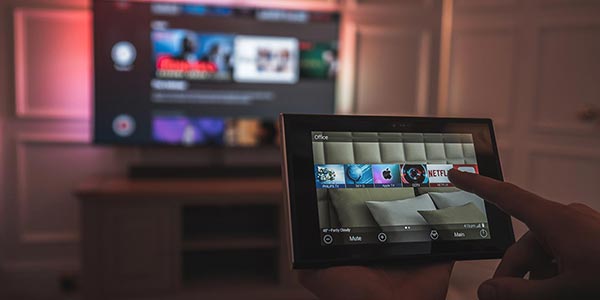Imagine being able to work up to your home’s front door and simply utter “Siri, I’m home” to unlock that door, switch on the lights inside the property and turn up the heating – all in one fell swoop. This is just a taster of what’s possible when you build out a HomeKit-based smart home.
HomeKit is the name of Apple’s home automation platform, which you can use as a framework for your smart home – provided that you have an iPhone or iPad to place at the centre of it all. Here is a quick guide to how you can start putting together the pieces of your HomeKit system.
What hardware do you need?
Firstly, you need an iPhone or iPad – which, if you’re reading this, you probably already have – on which you can set up the Home app. Apple’s website includes instructions for how you can do that – and, once you have, you should consider setting up a hub device as well.
That can be an iPad, Apple TV or HomePod, any of which you would be able to use to control your smart home appliances remotely. While a hub device isn’t technically mandatory for you to use HomeKit, it could still help you to get the most out of it.
Of course, you can’t have much of a smart home without smart home gadgets – and, fortunately, there are many HomeKit-compatible models from which you can choose. You can find plenty of them listed on Apple’s website, where it’s easy to sort through appliances by category.
How can you add an appliance to your HomeKit system?
Fortunately, Apple has made that pretty simple – in typical “it just works” style. When you buy a new piece of HomeKit-ready hardware, it will come with an eight-digit code or HomeKit QR code.
Configuring the device with your existing HomeKit system is largely just a matter of inputting or scanning the code in the Home app – though certain devices, like Philips Hue thermostats or smart lights, might require you to take a few extra steps in their own apps, too.
Once you have used the code, the Home app will ask you to assign a name to that hardware before adding it to a “room” in that app. That “room” will correspond to an actual room of your house, making it pleasantly intuitive for you to expand your smart home as you wish.
Where to go next
While getting started with HomeKit is relatively simple, it’s definitely the kind of system where, the more you put into it, the more you get out of it.
If your adventures see you contemplating ever-more-complex smart home solutions, we would be happy to provide you with any help you need to install them in your London home. HomeKit-friendly devices we work with include Savant, devices of which we can seamlessly install in your abode.



